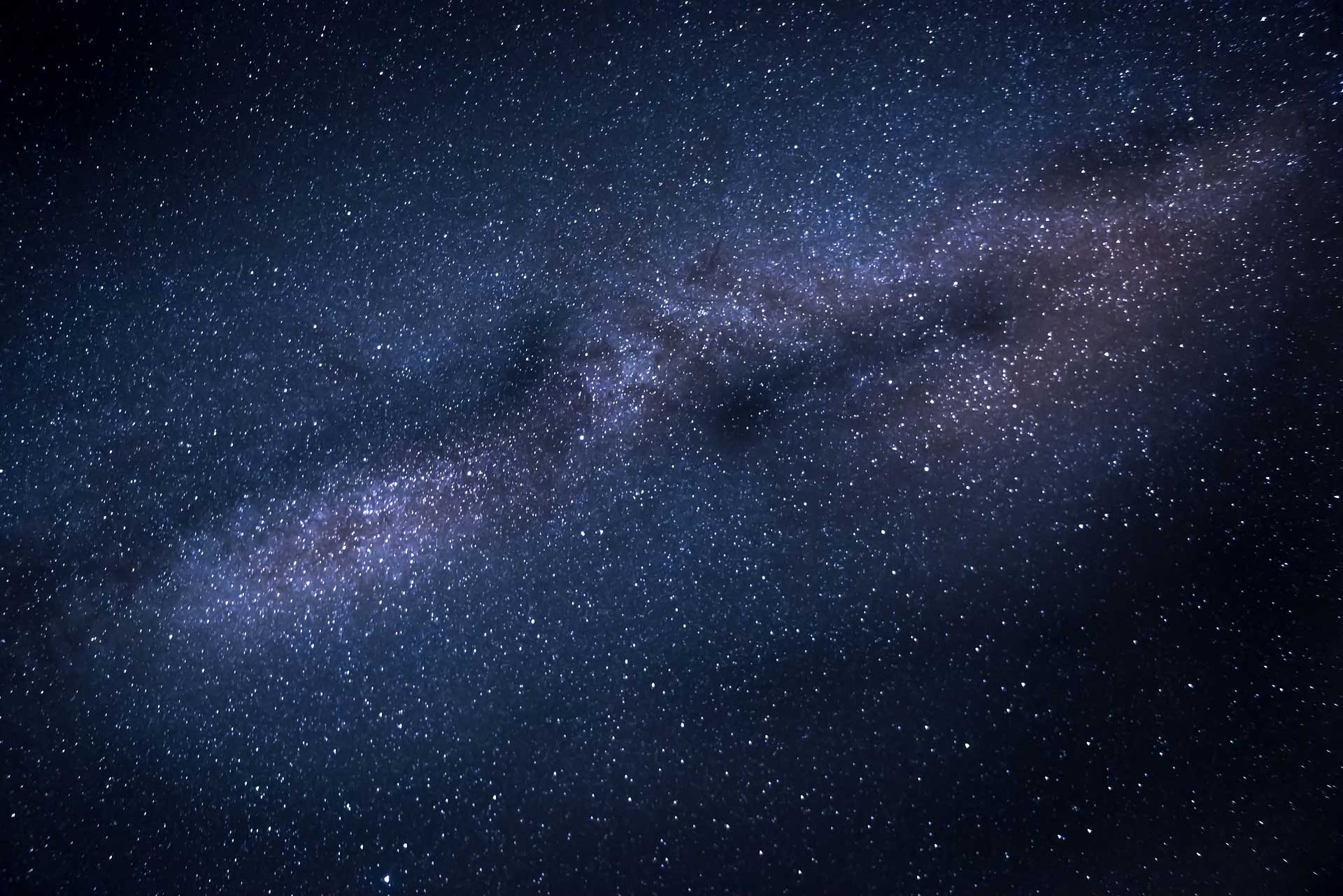With reference to my entry last week, here is the bit in Jostein Gaarder’s Sophie’s World about gravity. Spot the misconception. Sophie is talking to Alberto:
‘Well, if the moon was drawn to the earth with the same foce that causes the apple to fall, one day the moon would come crashing to earth instead of going round and round it forever.’
‘Which brings us to Newton’s law on planetary orbits. In the case of how the earth attracts the moon, you are fify percent right but fifty percent wrong. Why doesn’t the moon fall to earth? Because it really is true that the earth’s gravitational force attracting the moon is tremendous…’
‘Are there two different forces working on the moon?’
‘Exactly. Once upon a time when the solar system began, the moon was hurled outward – outward from the earth, that is – with tremendous force. This force will remain in effect forever because it moves in a vacuum without resistance…’
‘But it is also attracted to the earth because of earth’s gravitational force, isn’t it?’
‘Exactly. Both forces are constant, and both work simultaneously. Therefore the moon will continue to orbit the earth.’
So, what’s wrong here then? The misconception of Alberto is that the moon must have a balanced force acting on it, because it does not get any closer to the earth. Recall Newton’s first law: An object will remain at rest or move at constant velocity unless an unbalanced force acts on it. Clearly the moon is not at rest, so that bit doesn’t apply. But, Alberto, does it move at constant velocity? No it doesn’t. Velocity has a direction; today the moon is moving one direction; in two weeks’ time it is moving in the opposite direction – i.e. with a different velocity. If it changes velocity, Newton says there must be an unbalanced force acting on it. That force is the gravitational force acting between the earth and the moon.
In fact, the moon is accelerating towards the earth. Yes, this seems odd; this acceleration is not one that causes a change in the distance to the centre of the orbit, because the acceleration is perpendicular (at right angles to) the velocity (the direction of travel). This is unlike the more everyday situation in a car, when we always accelerate in the same direction that the car is going in.
So, Sophie, there really is just one force acting on the moon. Without it, the moon would simply cruise off into space.
